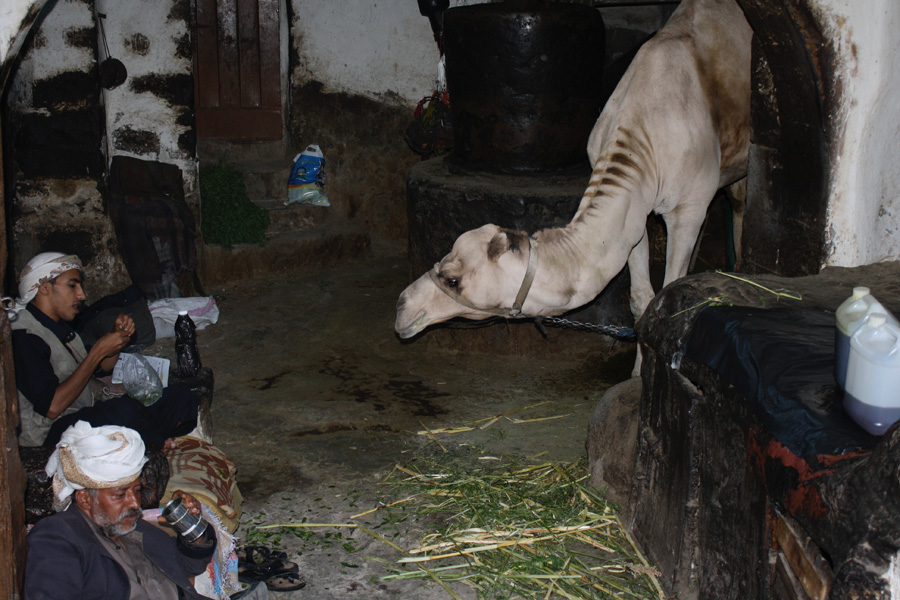
This is a sad story without a likely happy ending and I still feel very touched by it, so much so, I need to share it with as many people as possible.
I was in Sana’a, Yemen and after two days of long and not so exciting meetings we had a rest day to do some sightseeing in the old walled part of the city. Yemen is not a place to go venturing on your own; you may be perfectly safe but on the other hand, you may not. So, on that occasion, the visitors were driven by two of our local colleagues to the edge of the ancient quarters where we had to park the cars and continue on foot. There is no doubt that the fortified old city is absolutely fascinating and you might even say, beautiful. The architecture is quite unique and surprisingly colourful so the cityscape was a blaze of vivid and vibrant colours twinkling in the day sunshine. Most people in the souk still dressed in robes and turbans and carried their curved and intimidating long knives across their belts partly for adornment and partly to let you know the extent they were prepared to take a dispute. The entire bustling area looked like a very detailed and well thought out Hollywood film set for an Indiana Jones or Ali Baba movie. There were aromatic spice stalls, jewellery shops, silk merchants, carpet merchants, on and on it went. I was sure the entire set up did not change much in centuries, save for the ubiquitous mobile phones, of which there were plenty.
As we made our way through the souk, we purchased almonds, honey, raisins and a few handcrafted trinkets to take back with us for friends and loved ones. We took lots of pictures and moved slowly through the crowds, most of whom were chewing qat, the leaves of a locally planted tree, which when mixed with fizzy drink releases the euphoric substance cathinone to which the majority of Yemenites over the age of 13 are addicted to.
Suddenly, we happened upon a shop set into the side of a hill with a low doorway across which, an old man was sitting and whiling the time away by, of course, chewing qat. In the dimly lit shop it was just possible to discern what was the nature of the business. It was an old mill shop with two circular granite stones placed on top of one another with the lower one fixed to the ground and the upper one attached to a mechanism that helped rotate it over it’s lower companion. Whatever was being milled would be dropped into a hopper where it made its way down the middle of the upper stone and in between the two so that it would be pulverised and collected at the bottom. The many tons weight of stone was turned by a fully-grown camel attached to the contraption which, due to the low ceiling of the shop-cum-cave, had to go round by keeping its head so low down that every now and again, its chin would actually scrape across the rough floor.
On and on the camel went and on and on the stone turned. The old man did his best to ignore us and carried on chewing the huge pulp of leaves on one side of his mouth and stared into the distance. Transfixed by the scene, we began discussing the state of the camel.
– Does the camel have a rest?
– Maybe, not sure when though
– When does it eat?
– I am sure the old man feeds it a couple of times a day
– Where does it sleep?
– Out at the back somewhere
– Back of what? This is a small shop carved into a hill
– Maybe it comes out through the front door and the old man takes it home
– Wait a minute, there is no way this camel can get through this tiny door, look at it
– Well, how did it get in then?
– Don’t know, ask the old man
– You know what I think?
– What?
– This camel went in when it was a calf and it grew up inside the shop over the years
– Get out of here!
– Think about it, it cannot stand up right because the ceiling is so low. So, it must have grown stooped like that
– What happens when it dies then, how will they get it out?
– They will probably chop it up and take it out in pieces
– This is horrible beyond imagination!
And so it was!


